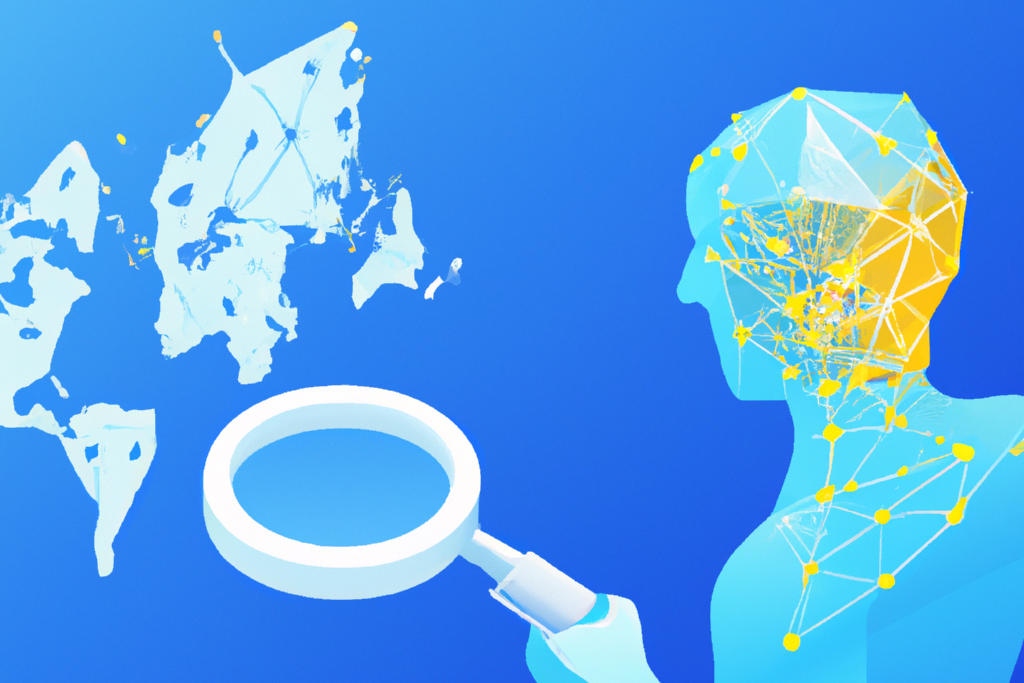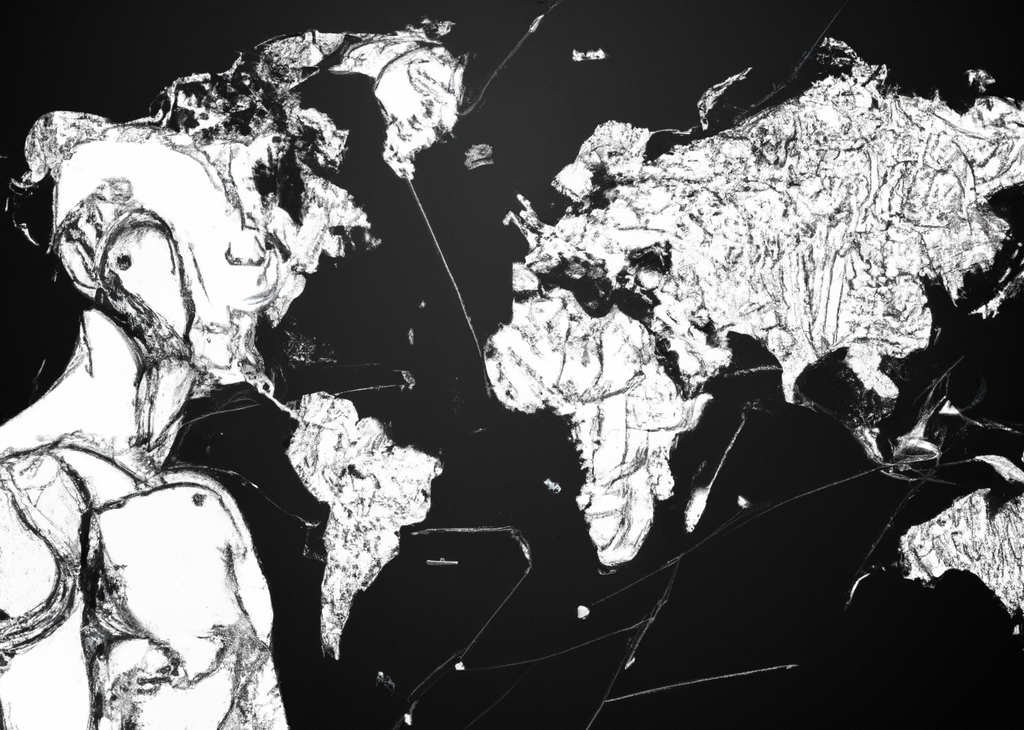Artificial intelligence (AI) has revolutionized many industries, including the field of geographic information systems (GIS). However, despite its many benefits, AI still has some technical limitations in GIS development. In this article, we’ll explore some of these limitations and provide examples to illustrate them.
GIS limitations of AI
- Interpreting Complex Data
One of the primary limitations of AI in GIS development is its inability to interpret complex data. This includes geophysical data, remote sensing data, and terrain data, which require human expertise to interpret accurately. For example, identifying geological features from satellite images is a complex task that is still beyond the capabilities of AI.
- Domain Knowledge
In GIS development, having domain knowledge is essential to understand local geography, land use regulations, and environmental policies. While AI can analyze large datasets, it lacks the ability to acquire domain knowledge, making it difficult to make informed decisions based on the data. For instance, assessing the impact of land use changes on ecosystems requires domain knowledge that only humans possess.

- Spatial Analysis
Spatial analysis is a fundamental aspect of GIS development, and while AI can perform some basic spatial analysis tasks, it still lacks the human ability to identify complex patterns and relationships between different spatial features. Identifying areas of high risk for natural disasters or determining optimal locations for infrastructure projects, for instance, requires human expertise.
- Quality Control
Ensuring the quality and accuracy of GIS data is essential, and this is an area where AI falls short. AI can identify errors in GIS data, but it still requires human intervention to verify the accuracy of the data. For instance, identifying errors in land cover classification or validating the accuracy of elevation data requires human expertise.
Conclusion
While AI has revolutionized many industries, including GIS development, there are still technical limitations that need to be addressed. These limitations include the inability to interpret complex data, lack of domain knowledge, inability to perform complex spatial analysis tasks, and the need for human intervention in quality control. By understanding these limitations, we can continue to work towards enhancing GIS development and spatial analysis with the help of AI, while also recognizing the continued need for human expertise.
Want to know what AI can help with? Check out ChatGPT Geoparsing!

